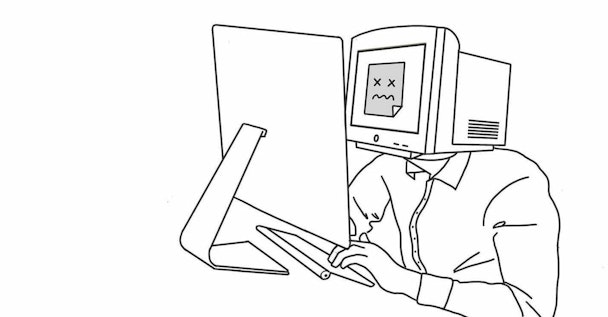The e-commerce conundrum: how to serve people and the planet
We’ve spent the Christmas break thinking about and researching what we’re calling the 'e-commerce conundrum'; the desire to send/receive goods quickly while remaining unaware of its environmental impact.

Foolproof on the future of e-commerce and the importance of understanding its environmental impact.
The balance to strike here is a difficult one but can be remedied by shifting our attention and approach as designers from customer to human-centric. Through a customer lens, designers only tend to serve the need to consume, but as humans these needs are much broader. As an example: I care about the planet and want to safeguard it for my children and my children’s children’s future.
Customer-centered design isn’t enough when scaling sustainable services
The number of deliveries made by Amazon, Hermes and Royal Mail has doubled over the last 18 months, and the systems as well as the people and infrastructure bolstering them, are at breaking point.
It’s also negatively impacting the planet: more vans on the road = more pollution. Even when those vans are electric, other vehicles can spend more time idling in traffic. These vans are reported to travel thousands of miles out of their way and only 20% are filled to at least half their capacity.
And as for returns? They’re estimated to generate 58 billion lbs of packaging waste each year, especially with bracketing (buying multiple items on purpose to return some, usually to find the right fit). That said, we are seeing more retailers move toward services such as Buy Online, Return In Store.
But e-commerce isn’t going anywhere, and will be the mainstay for shoppers in the years to come, so how can we better ensure it serves the wide-ranging and complex needs of both people and the planet? And how can we scale these experiences sustainably?
Thinking beyond the customer, towards all humans
Humans and their values are bigger than what and how they consume. They’re about how they live. Taking a too-narrow UCD or CX approach means these values aren’t accounted for, and it narrows the scope of the end solution. And while we want to remedy people’s problems in this sense and create solutions aligned to their needs as human beings, we do so with respect to the business requirements we’re commissioned to address.
Even though retailers care about human needs, they’re not always prioritized. As a business amidst a pandemic, you’re likely to push conversion and seek to serve customer needs. The thing is, serving human needs can build loyalty with the right Marketing and therefore become more profitable than serving customer needs alone.
Approaching problems with a solutions-agnostic mindset is the key to developing sustainable e-commerce experiences. Reflecting on what we’re designing and thinking about the potential consequences of whatever that may be will help us navigate the future of e-commerce more responsibly and ensure our needs as humans are considered.
For more information, read Foolproof’s complete report here.
Sidney Debaque, senior service designer at Foolproof.
Content by The Drum Network member:

Foolproof
We are specialists in experience design. We create value for you by creating value for your customers.
Design know‑how
Use our talent and experience...

